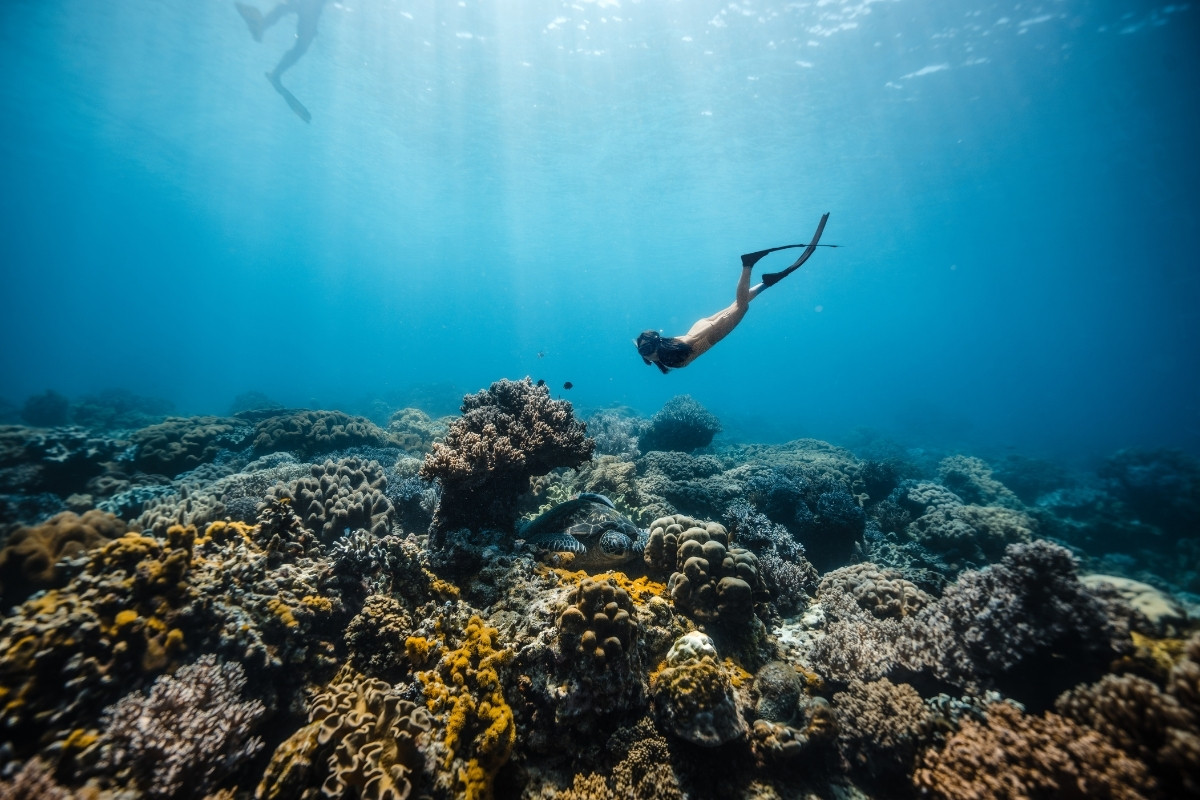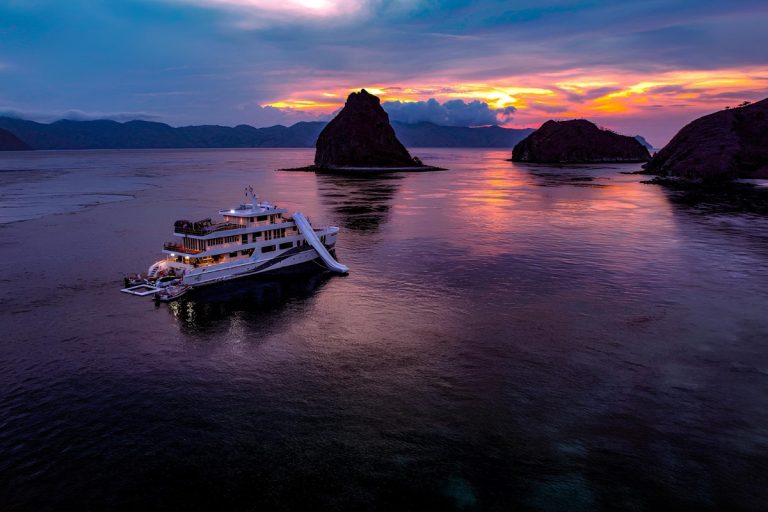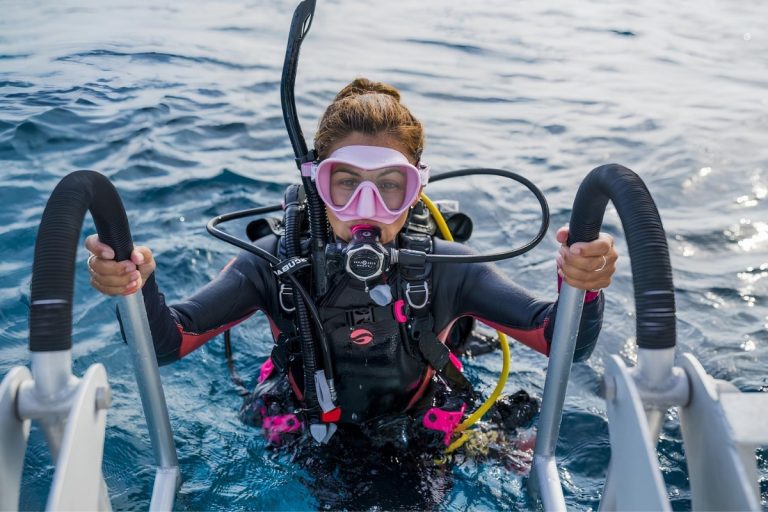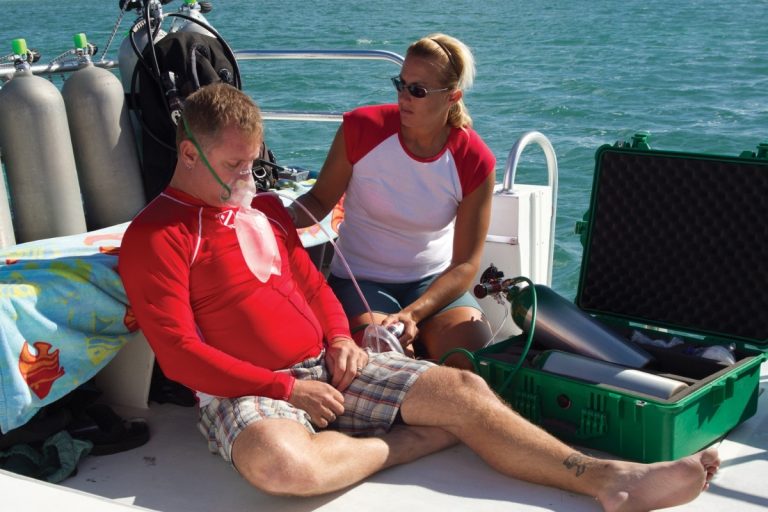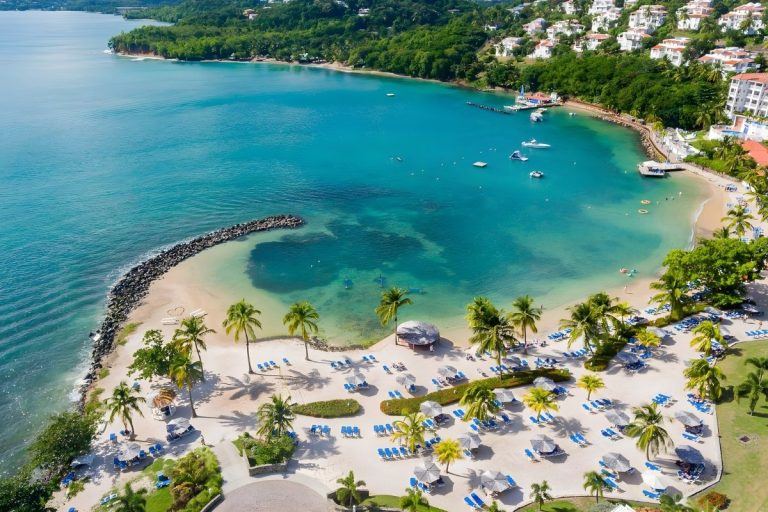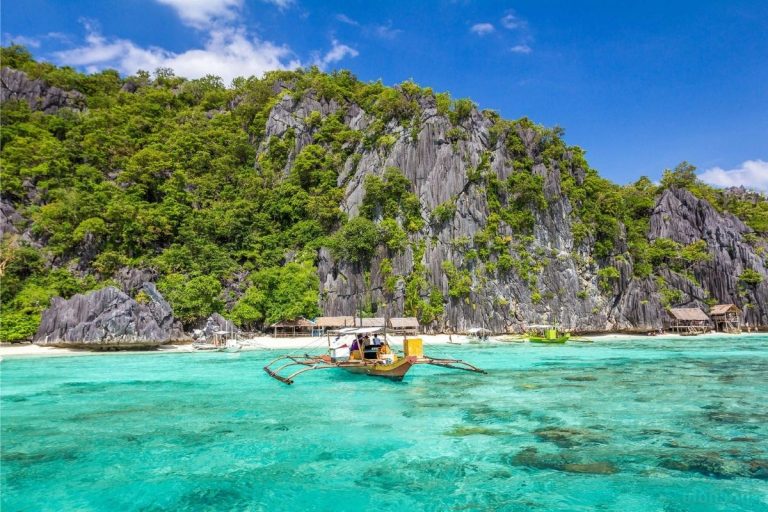- Top Diving Destinations in Asia and the Pacific
- Diving Opportunities in Southeast Asia
- Diving Trips and Customer Satisfaction
- Health and Safety in Diving
- Budget-Friendly Diving Options
- Travel Packing for Divers
- Marine Biodiversity and Conservation
- Unique Diving Experiences
- Frequently Asked Questions
- Exploring the Depths of Adventure
Top Diving Destinations in Asia and the Pacific
Asia and the Pacific region offer some of the world’s most spectacular underwater experiences, from vibrant coral reefs to encounters with majestic marine life. These waters host an incredible diversity of ecosystems, making them a paradise for divers of all skill levels. The region’s tropical and subtropical waters provide year-round diving opportunities, though timing your visit can make the difference between good diving and extraordinary experiences.
When planning your Asian diving adventure, consider the best seasonal diving spots to maximize your underwater encounters. Each destination offers unique characteristics, from crystal-clear visibility to rare species sightings. The region’s accessibility has improved dramatically over recent years, with better flight connections and dive infrastructure making remote locations more reachable than ever before.
Thailand: Similan Islands and Koh Tao
Thailand’s diving scene centers around two distinct areas, each offering unique experiences. The Similan Islands, located in the Andaman Sea, provide some of Thailand’s most pristine diving conditions. These granite islands create underwater landscapes filled with swim-throughs, caverns, and boulder formations that shelter diverse marine life. Visibility often exceeds 30 meters, and the islands are famous for encounters with whale sharks and manta rays.
Koh Tao, situated in the Gulf of Thailand, serves as the country’s diving education hub. This small island produces more certified divers than anywhere else in the world, thanks to its affordable courses and excellent learning conditions. The island’s shallow reefs make it perfect for beginners, while sites like Chumphon Pinnacle offer advanced divers thrilling encounters with bull sharks and schools of barracuda.
Indonesia: Bali, Komodo, and Raja Ampat
Indonesia’s 17,000 islands create an underwater wonderland that spans multiple marine biogeographic regions. Bali offers accessible diving with the famous USAT Liberty wreck in Tulamben, where divers can explore a World War II cargo ship now covered in colorful corals and home to countless fish species. The island’s diverse sites range from gentle slopes perfect for macro photography to dramatic walls and strong currents.
Komodo National Park delivers some of the world’s most exhilarating drift diving. The strong currents bring nutrient-rich waters that support massive schools of fish and regular encounters with manta rays. Raja Ampat, known as the “Four Kings,” sits at the heart of marine biodiversity. This remote region boasts the highest recorded marine species diversity on Earth, with over 1,500 fish species and 75% of all known coral species.
Philippines: Tubbataha Reefs and Malapascua
The Philippines archipelago offers over 7,000 islands with diving opportunities ranging from easy shore dives to challenging deep-water encounters. Tubbataha Reefs Natural Park, accessible only by liveaboard, represents one of the world’s premier diving destinations. This UNESCO World Heritage site features pristine coral atolls surrounded by deep blue waters, attracting large pelagic species including sharks, rays, and tuna.
Malapascua Island gained fame as the only place in the world where divers can reliably encounter thresher sharks. These magnificent creatures visit cleaning stations at Monad Shoal each morning, providing predictable encounters for early-rising divers. The island also offers excellent macro diving and is a key site for observing the rare mandarin fish during their evening mating displays.
Japan: Okinawa and Yonaguni
Japan’s diving scene extends far beyond what many visitors expect, offering unique experiences in both tropical and temperate waters. Okinawa’s subtropical location provides year-round diving with excellent visibility and diverse marine life. The islands feature extensive coral reefs, underwater caves, and historical World War II wrecks. The region is particularly famous for its macro life, including various nudibranch species and the photogenic mandarin fish.
Yonaguni Island, Japan’s westernmost point, hosts one of diving’s greatest mysteries: the Yonaguni Monument. This massive underwater structure, whether natural or man-made, creates an otherworldly diving experience. The site features geometric formations, steps, and platforms that have sparked decades of debate among archaeologists and geologists.
New Caledonia: Hienghene
New Caledonia’s Hienghene region offers some of the Pacific’s most pristine diving conditions. The area features the world’s second-largest barrier reef system, creating a lagoon filled with diverse marine habitats. The region’s isolation has preserved its marine ecosystems, resulting in high levels of endemism and pristine coral formations.
The diving here ranges from shallow lagoon sites perfect for beginners to deep outer reef walls that attract large pelagic species. The area is particularly known for its healthy coral systems and the presence of nautilus, living fossils that inhabit the deeper waters around the reef slopes.
Diving Opportunities in Southeast Asia
Southeast Asia stands as the world’s diving epicenter, offering unparalleled marine biodiversity and accessibility. The region’s position at the confluence of the Pacific and Indian Oceans creates unique oceanographic conditions that support extraordinary marine life. From the coral triangle’s epicenter to remote atolls, Southeast Asia provides diving experiences that cater to every interest and skill level.
The region’s diving infrastructure has evolved significantly, with professional dive operators, modern equipment, and safety standards that rival anywhere in the world. Many destinations offer comprehensive packages that combine diving with cultural experiences, making them ideal for both dedicated divers and those seeking broader travel experiences. Consider exploring the top 10 dive sites around Hong Kong for urban diving adventures that complement traditional tropical experiences.
Best times to dive in Southeast Asia
Seasonal patterns across Southeast Asia vary significantly due to monsoon influences and geographic diversity. The dry season, typically from November to April, offers the most consistent diving conditions across most of the region. During this period, seas are generally calmer, visibility is at its peak, and weather conditions are most predictable for boat operations.
However, each destination has its optimal windows. Thailand’s Andaman Sea is best from November to April, while the Gulf of Thailand offers good conditions year-round. Indonesia’s vast archipelago means different regions peak at different times, with Raja Ampat being excellent from October to April, while other areas like Komodo can be dived year-round with varying conditions.
Unique marine life in Southeast Asia
The marine biodiversity of Southeast Asia is unmatched anywhere on Earth. The region sits within the Coral Triangle, home to 76% of all coral species and more than 3,000 fish species. This incredible diversity stems from the area’s complex geology, varied habitats, and position at the crossroads of major ocean currents.
Divers can encounter everything from the tiniest nudibranchs to massive whale sharks within the same trip. The region is famous for its macro life, including various crustaceans, cephalopods, and colorful reef fish. Large pelagic encounters are equally impressive, with regular sightings of manta rays, various shark species, and seasonal visits from whale sharks and other marine megafauna.
Cultural experiences for divers
Southeast Asian diving destinations offer rich cultural experiences that extend far beyond the underwater realm. Many dive sites are located near traditional fishing villages where visitors can observe centuries-old maritime traditions. Local communities often play crucial roles in marine conservation efforts, providing opportunities for divers to engage with meaningful environmental initiatives.
Food culture represents another highlight, with coastal communities offering fresh seafood prepared according to local traditions. Many dive resorts and operators incorporate cultural elements into their programs, including traditional boat designs, local guide knowledge, and community-based tourism initiatives that benefit local populations while enhancing the diving experience.
Gear recommendations for Southeast Asian waters
Southeast Asian waters generally maintain warm temperatures year-round, typically ranging from 26-30°C (79-86°F). This allows for minimal thermal protection, with most divers comfortable in 3mm wetsuits or even swimwear in some locations. However, gear selection should consider factors beyond temperature, including sun protection, current conditions, and the types of diving planned.
Essential items include reef-safe sunscreen, as many dive sites are in shallow, sun-exposed areas. A surface marker buoy becomes crucial in areas with boat traffic or strong currents. Underwater cameras are highly recommended given the region’s incredible marine life and excellent visibility conditions that create ideal photography opportunities.
Diving Trips and Customer Satisfaction
The diving travel industry has evolved to prioritize customer satisfaction through personalized service and attention to detail. Modern dive travel companies focus on creating seamless experiences that handle everything from flights and accommodations to dive planning and equipment logistics. This comprehensive approach allows divers to focus entirely on their underwater experiences while professionals manage the complex logistics of international dive travel.
Customer satisfaction in dive travel often comes down to matching travelers with the right type of experience for their skill level, interests, and budget. Whether choosing between pros and cons of liveaboard diving vs. day trips, experienced operators help divers make informed decisions based on their specific goals and preferences. The best operators maintain detailed customer profiles to ensure each trip exceeds expectations.
Overview of liveaboard options
Liveaboard diving represents the pinnacle of dive travel experiences, offering access to remote sites impossible to reach on day trips. These floating dive resorts provide multiple dives per day, often including night dives, while moving between different locations to maximize dive site variety. Modern liveaboards feature comfortable accommodations, professional dive guides, and comprehensive safety equipment.
The liveaboard experience appeals particularly to serious divers seeking maximum bottom time and access to pristine sites. Most liveaboards operate on weekly schedules, allowing for 20-25 dives per trip. The social aspect is equally important, as guests share meals and experiences with fellow diving enthusiasts from around the world, often forming lasting friendships centered around their shared passion.
Day diving trips: What to expect
Day diving trips offer flexibility and variety that appeals to many travelers, particularly those combining diving with other activities or traveling with non-diving companions. These trips typically include 2-3 dives per day, with surface intervals spent relaxing on the boat or exploring nearby beaches and attractions. Day trips work well for divers wanting to experience multiple operators or dive sites without committing to extended liveaboard schedules.
The social dynamics of day trips differ from liveaboards, with groups changing daily and interactions focused around specific dive experiences. This format allows divers to sample different operators, boat styles, and dive site selections while maintaining flexibility in their overall travel schedule.
Personalized services for divers
Professional dive travel operators excel at customizing experiences based on individual preferences and requirements. This includes matching divers with appropriate skill-level sites, arranging specialized equipment rentals, and coordinating additional services like underwater photography instruction or marine biology guidance. Many operators maintain detailed customer profiles to ensure returning clients receive progressively more challenging and rewarding experiences.
Personalization extends to dietary requirements, accommodation preferences, and special occasion celebrations. The best operators anticipate needs before they arise, creating seamless experiences that feel effortless to the customer while requiring significant behind-the-scenes coordination and expertise.
Trip reports and customer experiences
Customer trip reports provide valuable insights into the quality and character of different diving experiences. These detailed accounts often highlight aspects that standard descriptions miss, including weather conditions, group dynamics, equipment quality, and unexpected encounters. Reading multiple trip reports helps potential travelers set realistic expectations and choose operators whose style matches their preferences.
The most valuable trip reports include practical details about logistics, costs, and tips for future travelers. They often reveal the human elements that make or break diving experiences, such as guide knowledge, boat crew professionalism, and the operator’s ability to adapt to changing conditions while maintaining safety and enjoyment.
Health and Safety in Diving
Diving safety represents the foundation of every successful underwater adventure, requiring continuous attention to training, equipment maintenance, and situational awareness. Modern diving has become remarkably safe through improved training standards, better equipment design, and enhanced understanding of decompression physiology. However, the underwater environment inherently carries risks that require proper preparation and ongoing vigilance.
The most serious diving-related medical concern remains decompression sickness, a condition that can occur when divers ascend too quickly or exceed safe depth and time limits. Understanding decompression sickness prevention tips helps divers make informed decisions about dive profiles, surface intervals, and ascent rates. Proper training and adherence to established safety protocols dramatically reduce the likelihood of decompression-related injuries.
Understanding decompression sickness
Decompression sickness occurs when nitrogen absorbed in body tissues during diving forms bubbles as ambient pressure decreases during ascent. This condition can range from mild joint pain to life-threatening neurological symptoms. The risk increases with deeper dives, longer bottom times, rapid ascents, and repetitive diving without adequate surface intervals.
Modern dive computers help manage decompression risk by tracking nitrogen absorption and providing real-time guidance on ascent rates and required safety stops. However, these devices are tools that supplement, not replace, proper training and conservative diving practices. Understanding the physiological processes involved helps divers make better decisions about dive planning and execution.
Safety measures for divers
Comprehensive safety protocols begin with proper certification and ongoing education. Divers should maintain current training, regularly practice emergency procedures, and honestly assess their skill levels when choosing dive sites. Equipment inspection and maintenance play crucial roles, with particular attention to life-support systems like regulators, buoyancy compensators, and dive computers.
Buddy system protocols remain fundamental to diving safety, requiring clear communication, pre-dive planning, and mutual responsibility for monitoring air supplies and dive profiles. Environmental awareness includes understanding local conditions, potential hazards, and emergency procedures specific to each diving location.
Emergency response procedures
Effective emergency response requires preparation at multiple levels, from individual first aid training to coordinating with local emergency services. Divers should carry emergency signaling devices, maintain current rescue and first aid certifications, and understand evacuation procedures for their diving locations.
Many diving destinations have established emergency response networks including recompression chambers and trained medical personnel. However, remote locations may require evacuation to distant medical facilities, making diving insurance and emergency evacuation coverage essential components of trip planning.
Budget-Friendly Diving Options
Diving travel can accommodate various budget levels through careful planning and strategic choices about destinations, accommodation types, and trip timing. The key to affordable dive vacations lies in understanding where costs come from and identifying areas where savings are possible without compromising safety or experience quality. Many world-class diving destinations offer excellent value, particularly in Southeast Asia where favorable exchange rates and competitive markets keep prices reasonable.
Budget considerations extend beyond simple price comparisons to include value factors like the number of dives included, equipment rental costs, meal plans, and additional activities. Some destinations offer package deals that provide better overall value than booking components separately, while others favor independent travelers who prefer flexibility over convenience.
Finding affordable dive packages
Affordable dive vacations often require flexibility in travel dates and destinations. Shoulder seasons typically offer the best value, with lower accommodation rates and fewer crowds while still providing good diving conditions. Many operators offer last-minute deals to fill remaining spaces, though this approach requires flexible schedules and the ability to travel on short notice.
Package deals frequently provide better value than booking components separately, particularly when they include accommodation, meals, diving, and transfers. However, carefully compare what’s included in different packages, as seemingly cheaper options may exclude important elements like equipment rental, marine park fees, or airport transfers.
Budget tips for diving trips
Successful budget diving requires strategic planning and willingness to make trade-offs between cost and convenience. Traveling during off-peak seasons can reduce costs significantly while often providing uncrowded dive sites and more personalized attention from dive operators. Choosing destinations with favorable exchange rates and lower overall costs of living can extend travel budgets considerably.
Equipment considerations play a major role in budget planning. Bringing personal gear eliminates rental fees and ensures familiar, properly-fitting equipment. However, airlines’ baggage fees and weight restrictions may offset these savings for distant destinations. Many budget-conscious divers invest in lightweight, compact gear that travels easily.
Comparing costs: Liveaboard vs. day trips
Cost comparisons between liveaboards and day trips require careful analysis of what’s included in each option. Liveaboards typically offer more dives per day and access to remote sites, but require larger upfront investments and fixed schedules. Day trips provide flexibility and often lower daily costs, but may limit access to the best dive sites and result in fewer total dives.
Hidden costs can significantly impact budget calculations. Liveaboards usually include meals and accommodation but may charge extra for equipment rental, alcoholic beverages, and marine park fees. Day trips might seem cheaper initially but require separate accommodation, meals, and transportation, which can add up quickly over extended stays.
Travel Packing for Divers
Packing for diving trips requires balancing the desire to bring familiar equipment with practical considerations like baggage weight limits, airline restrictions, and destination-specific needs. Smart packing strategies can significantly improve travel experiences while avoiding excess baggage fees and equipment problems. The key lies in understanding which items are essential to bring versus what can be reliably rented or purchased at the destination.
Modern diving equipment has become increasingly travel-friendly, with manufacturers designing lightweight, compact alternatives to traditional gear. However, personal fit and familiarity remain important factors, particularly for critical items like masks, regulators, and exposure suits. Creating a comprehensive essential packing list for divers helps ensure nothing important gets forgotten while avoiding unnecessary items.
Must-have gear for diving trips
Certain diving equipment should always accompany travelers due to fit, hygiene, or reliability concerns. A properly fitting mask represents the most critical personal item, as poor-fitting rental masks can ruin diving experiences through constant leaking or discomfort. Similarly, personal regulators ensure reliable breathing gas delivery and eliminate concerns about maintenance standards or mouthpiece hygiene.
Exposure suits require careful consideration based on destination water temperatures and personal thermal needs. Many divers find that their personal wetsuits provide better fit and comfort than rental alternatives, though bulky suits may not justify the baggage space and weight for short trips to warm-water destinations.
Packing light: Tips for divers
Effective light packing for divers involves prioritizing items that significantly impact comfort or safety while being willing to rent or purchase less critical gear at the destination. Modern dive computers have become essential personal items due to their role in tracking nitrogen loading across multiple dives and their integration with personal diving logs and preferences.
Clothing choices can dramatically impact packing efficiency. Quick-dry fabrics and versatile pieces that work for both diving and general travel reduce the total amount of clothing needed. Many experienced diving travelers develop capsule wardrobes specifically designed for dive trips, focusing on function and packability over fashion.
Managing dive gear during travel
Airline policies regarding diving equipment vary significantly, with some carriers treating regulators and dive computers as specialized equipment requiring special handling. Understanding these policies before travel helps avoid surprises at check-in and ensures proper protection for valuable equipment during transport.
Gear organization becomes crucial for diving trips, particularly when moving between multiple destinations or accommodation types. Dedicated dive gear bags help keep wet and dry items separated while providing easy access to frequently used items. Many divers develop systematic packing routines that ensure nothing gets forgotten during rapid departures between dive destinations.
Marine Biodiversity and Conservation
The world’s oceans face unprecedented challenges from climate change, pollution, and overfishing, making marine conservation efforts more critical than ever. Diving destinations depend on healthy marine ecosystems to attract visitors, creating natural partnerships between the tourism industry and conservation organizations. Many of the world’s premier diving locations now incorporate conservation education and participation opportunities into their visitor experiences.
Divers often become passionate advocates for marine conservation after witnessing the beauty and fragility of underwater ecosystems firsthand. This transformation from casual observer to active conservationist represents one of diving’s most powerful impacts, creating a global community of ocean advocates who support protection efforts through both direct participation and financial contributions.
Importance of marine biodiversity
Marine biodiversity forms the foundation of healthy ocean ecosystems, providing resilience against environmental changes and supporting complex food webs that sustain both marine life and human communities. Coral reefs, despite covering less than 1% of the ocean floor, support approximately 25% of all marine species, making them among Earth’s most biodiverse ecosystems.
The economic value of marine biodiversity extends far beyond diving tourism to include fisheries, pharmaceutical discoveries, and climate regulation services. Healthy marine ecosystems provide natural coastal protection, carbon sequestration, and weather pattern regulation that benefit global communities regardless of their proximity to the ocean.
Conservation efforts in diving areas
Many diving destinations have implemented innovative conservation programs that engage visitors in meaningful protection activities. Marine protected areas restrict fishing and development while allowing sustainable tourism that generates income for local communities. These protected zones often show remarkable recovery rates, with fish populations and coral health improving dramatically within just a few years of protection.
Citizen science programs allow divers to contribute valuable data to ongoing research projects. These initiatives range from fish and coral monitoring to marine debris removal and invasive species reporting. Participating divers gain deeper understanding of marine ecosystems while contributing to scientific knowledge that informs conservation decisions.
Ethical diving practices
Responsible diving practices minimize environmental impact while maximizing positive contributions to marine conservation. Proper buoyancy control prevents damage to fragile coral formations, while adherence to “look but don’t touch” principles protects both marine life and divers. Many destinations have implemented specific guidelines for interactions with marine megafauna, ensuring that wildlife encounters remain sustainable and non-disruptive.
Supporting local conservation efforts through destination and operator choices helps ensure that tourism revenue contributes to environmental protection rather than degradation. Many ethical dive operators actively participate in conservation programs, employ local guides and staff, and educate visitors about marine ecosystem challenges and solutions.
Unique Diving Experiences
The diving world offers extraordinary encounters that create lifelong memories and transform casual participants into passionate enthusiasts. These unique experiences range from encounters with marine megafauna to exploration of underwater geological formations and historical artifacts. The most memorable diving experiences often combine spectacular marine life with unique environmental conditions or cultural significance.
Technological advances have made previously impossible diving experiences accessible to recreational divers. Improved equipment, better training methods, and enhanced safety protocols now allow ordinary divers to experience environments and encounters that were once limited to professional researchers and technical divers.
Diving with whales and whale sharks
Encounters with marine megafauna represent the pinnacle of diving experiences for many enthusiasts. Whale shark encounters, available in destinations like the Philippines, Indonesia, and Thailand, provide opportunities to swim alongside the world’s largest fish in their natural habitat. These gentle giants, despite their impressive size, pose no threat to divers and often display curious behavior around respectful observers.
Whale encounters require different approaches depending on species and location. Some destinations offer opportunities to observe humpback whales during migration seasons, while others provide encounters with resident populations of smaller whale species. These experiences require specialized operators with permits and expertise in marine mammal behavior to ensure both safety and minimal disturbance to the animals.
Underwater photography tips
Underwater photography has become increasingly accessible through improved camera technology and housing systems. Modern underwater cameras range from simple point-and-shoot models to professional systems capable of producing magazine-quality images. The key to successful underwater photography lies in understanding how water affects light, color, and composition.
Lighting represents the greatest challenge in underwater photography, as water absorbs and scatters light differently than air. Artificial lighting through strobes or video lights becomes essential for capturing true colors and sharp details. Composition techniques must adapt to the three-dimensional underwater environment and the behavior patterns of marine subjects.
Exploring unique dive sites around the world
The world’s most unique dive sites often combine exceptional marine life with distinctive geological or historical features. Underwater caves and caverns provide otherworldly experiences, though they require specialized training and equipment. Wreck diving offers opportunities to explore human history while observing how marine life colonizes artificial structures.
Geological formations create some of diving’s most spectacular experiences. Underwater mountains, drop-offs, and volcanic formations provide dramatic backdrops for marine encounters while creating unique current patterns that concentrate marine life. These sites often require advanced diving skills due to depth, current, or navigation challenges, but reward experienced divers with unforgettable experiences.
Frequently Asked Questions
What are the best diving destinations in Asia?
Top diving destinations include Thailand’s Similan Islands and Koh Tao, Indonesia’s Bali and Raja Ampat, the Philippines’ Tubbataha Reefs, and Japan’s Okinawa.
When is the best time to dive in Southeast Asia?
The dry season from November to April generally offers the best diving conditions across most of Southeast Asia.
What safety measures should divers follow?
Divers should maintain proper training, regularly inspect equipment, use the buddy system, and be aware of local conditions to ensure safety.
How can I find budget-friendly diving options?
Look for package deals, travel during off-peak seasons, and consider destinations with favorable exchange rates to find affordable dive vacations.
What are ethical diving practices?
Responsible diving includes proper buoyancy control, adherence to ‘look but don’t touch’ principles, and supporting local conservation efforts.
Exploring the Depths of Adventure
Diving in the Asia Pacific region offers an extraordinary opportunity to connect with vibrant marine ecosystems, experience breathtaking underwater landscapes, and engage with local cultures. With careful planning and a commitment to safety and conservation, divers can embark on unforgettable adventures that not only enrich their travel experiences but also contribute to the protection of our oceans.
